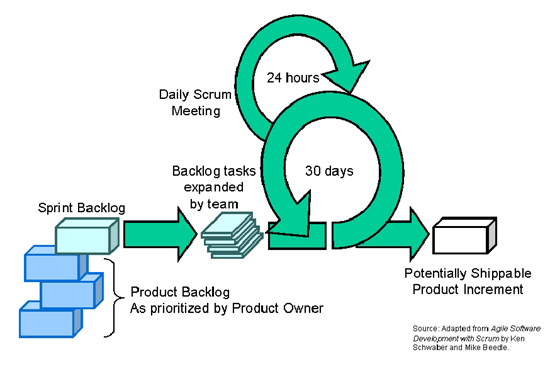Some weeks ago I started doing pair programming with some co-workers basically for two things:
- code some tasks of an user story
- get familiar with a new software code base
I haven’t had an opportunity to put this technique in practice a lot before, but I can say it was extremely important and benefit for the project. Sometimes I was the driver and sometimes I was the observer. The driver is the person who starts coding and the observer is who starts doing the code review. That point is important: code review.
Pair programming encourages the review of the code. Perhaps you won’t have an opportunity to refactor some code as you have when you are pairing with someone. I think code reviews are important because:
- Reviews increase code quality, because there are 2 people thinking at the same task at the same time.
- Refactoring areas arise in the design where improvements are needed
- When you have the strong support of an IDE (as Eclipse), some refactorings (extract method, extract class, introduce parameter) are highly automated
- Code is more read than written, two people reading the code can understand a lot more about the code base
- New ideas arise because of different point of views
- Questions can be solved by the sum of knowledge of the code base
And you? What’s your experience with pair programming?

